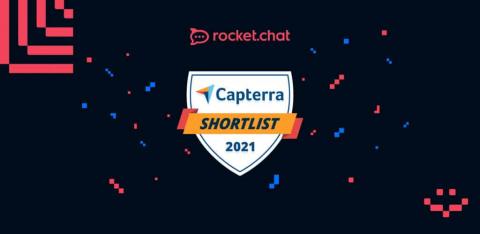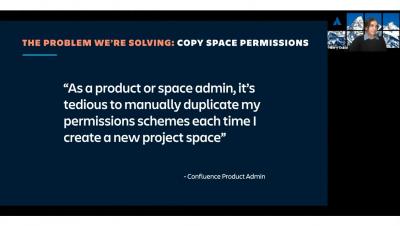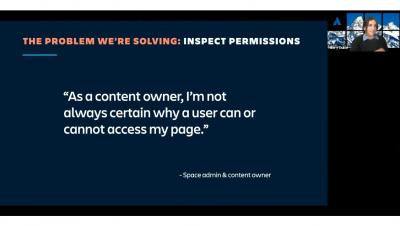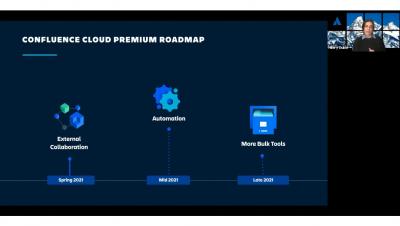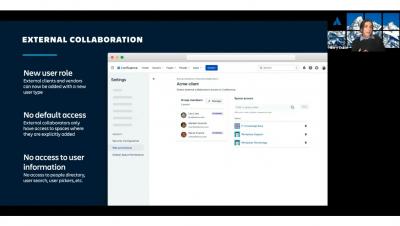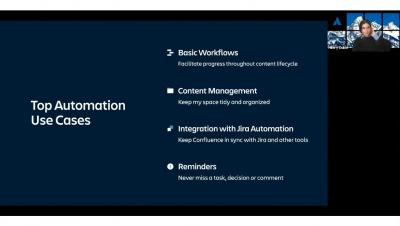28 resources for improving customer service skills and increasing retention
Good customer service is the key to business success: A PwC customer experience report even found that customers are willing to pay 16% more for premium service. More importantly, one-third of customers will walk away from a brand they love after a single bad customer service experience. So, what does stellar customer service look like in 2021? According to the same PwC report, 80% of U.S.



